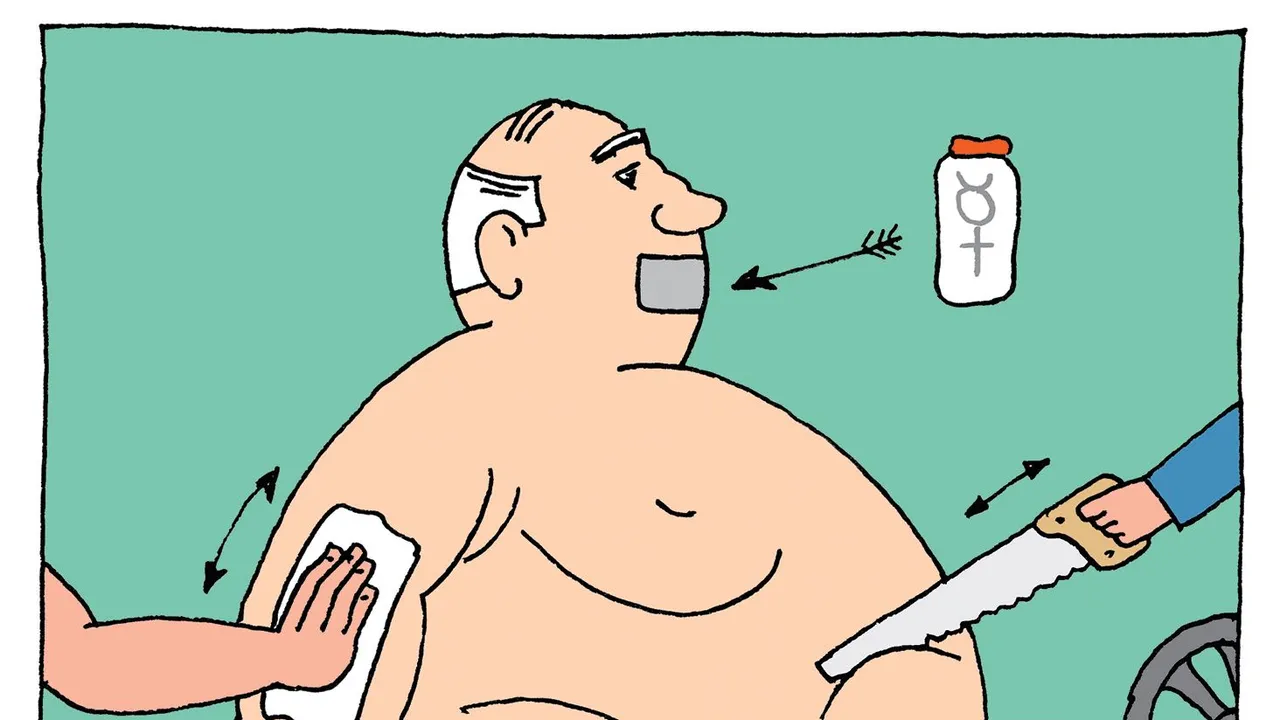What Is a Chiropractic Adjustment?
A chiropractic adjustment is a targeted, manual manipulation of the spine or other parts of the body. Its primary purpose is to align the joints and reduce pain while improving physical function. Numerous people seek care from chiropractors for a range of ailments, such as headaches, neck, and back discomfort. Chiropractors focus on the body’s natural ability to heal itself through hands-on methods, unlike other medical treatments that might rely on medications or surgeries. The objective is to return restricted joints to their normal range of motion due to tissue injury from trauma or repetitive stress.
Preparation Before Your Visit
The preparation for a chiropractic visit begins with an initial consultation, which typically involves an in-depth discussion about your medical history and current ailments. This step is crucial for the chiropractor to understand your condition thoroughly. During this consultation, it’s essential to ask any questions you might have. Questions could include inquiries about their specific techniques, what you can expect during treatment and any potential side effects. Additionally, wearing comfortable clothing and bringing relevant medical documents can help ensure a smooth appointment. Resources like Wirth Chiropractic provide excellent guidance on what to bring and how to prepare for your visit.
Being well-prepared can significantly reduce any anxiety you might feel about the treatment. It also ensures that your chiropractor has all the information needed to provide the best possible care. Being prepared can put you at ease and ensure that your first appointment kicks off your journey toward chiropractic therapy.
During the Adjustment
During the actual adjustment, your chiropractor will perform a series of manual manipulations on your spine or other affected areas. These techniques can range from rapid, low-amplitude thrusts to gentle, sustained pressure. Each method aims to improve joint function, relieve pain, and enhance overall health. Patients often report a sensation of relief or a noticeable “pop” sound as the joints are realigned. This sound is caused by gas bubbles being released from the joint fluid, which is entirely normal and typically painless.
Contrary to popular myths, chiropractic adjustments are generally not painful. Most patients find the procedure to be relaxing and therapeutic. Understanding the specifics can help demystify the process. Techniques like spinal manipulation and mobilization are widely used to restore mobility and alleviate pain, offering a valuable treatment option for many individuals.
Post-Adjustment Care
Following an adjustment, immediate aftercare is essential for maximizing the benefits of the session. This might include staying hydrated and avoiding strenuous activities for a short period. Your chiropractor may provide specific exercises or stretches to help maintain the adjustment’s results. With the help of these exercises, you may strengthen the muscles surrounding your adjusted joints, increasing your general stability and lowering your risk of experiencing pain in the future.
Consistent follow-up appointments are also crucial for long-term improvement, as they allow your chiropractor to reassess your progress and adjust your treatment plan as needed.
Benefits of Chiropractic Adjustments
Chiropractic adjustments offer numerous benefits, significantly impacting various aspects of physical health. One of the most notable advantages is improved mobility and function. Chiropractic therapy has the potential to significantly improve the lives of people who experience persistent pain or discomfort. Many patients report great pain relief, which enables them to perform tasks that they had previously found difficult. An improved lifestyle may result from this advancement.
Moreover, regular chiropractic care promotes better posture, reduces stress, and boosts immune function. Chiropractic therapy helps the body function more efficiently by treating the underlying causes of discomfort, improving your general health and quality of life.
Safety and Risks
While chiropractic adjustments are considered safe, it’s essential to understand potential risks to make an informed decision about your care. Temporary soreness or stiffness, akin to the feeling one gets after an intense workout, is a common side effect. These effects are usually short-lived and manageable with proper aftercare. However, serious complications are extremely rare, particularly when the procedure is conducted by a licensed professional.
Research continues to support the safety and effectiveness of chiropractic care as a treatment option for a variety of conditions. For individuals seeking a natural approach to health and wellness, chiropractic adjustments can be a safe, non-invasive alternative to other therapies, according to studies. For a more detailed discussion on this topic, you can refer to resources like the Mayo Clinic.
Choosing the Right Chiropractor
Finding the right chiropractor is crucial for ensuring effective and safe treatment. Several key factors should be considered, including credentials, experience, and patient reviews. It’s beneficial to ask specific questions about their approach to treatment, any specialized techniques they use, and their experience with conditions similar to yours. Reading evaluations and testimonies might give you important information about the practitioner’s level of care. Helpful resources like WebMD offer comprehensive guides on what to look for when choosing a chiropractor.
Your overall experience and the efficacy of your treatment can be greatly impacted by taking the time to investigate and choose the best chiropractor. You may locate a specialist who satisfies your requirements and gives you the superior treatment you need by taking into account each of these aspects.
FAQs About Chiropractic Adjustments
Common questions about chiropractic care often revolve around the effectiveness of the treatment and what patients can expect during sessions. Some frequently asked questions include: How many sessions will I need? Is chiropractic care suitable for all age groups? What conditions can chiropractic adjustments treat? Resources for further reading and understanding can provide more in-depth information and help clarify any remaining doubts.











